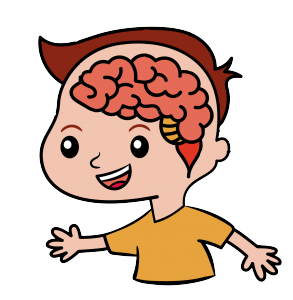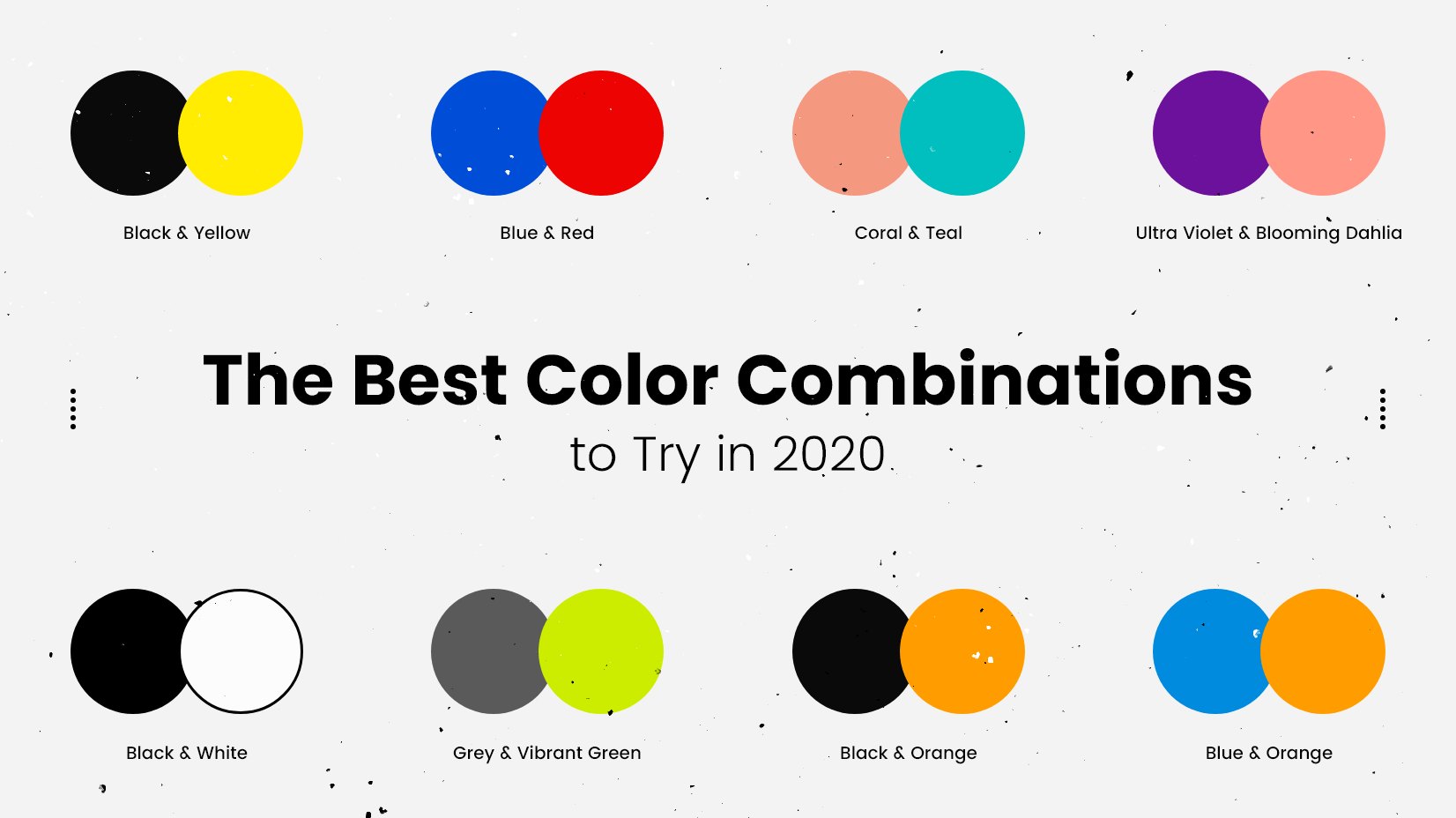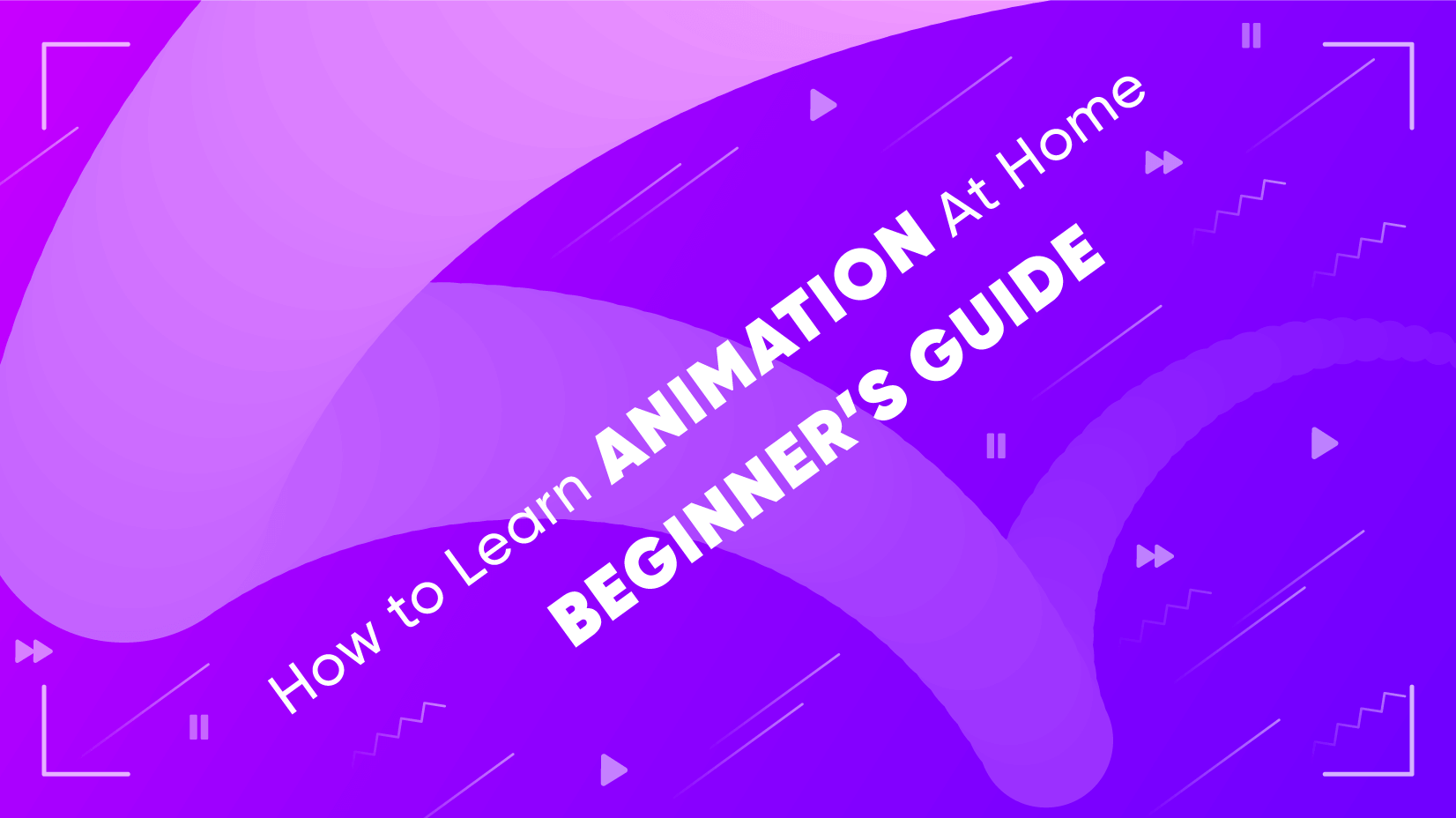
In this article we will discuss the role of visuals for kids in the learning process, we will share some facts about how children learn and provide you with visual resources to aid your teaching process.
Let’s start with throwing some light on why experts say visuals for kids are a crucial part of the study process and earlier development of children in general.
You may be interested in GraphicMama’s Free Coloring Book: 60+ Coloring Pages (Free Printable PDF)
Article overview:
1. How do we remember?
2. Using visuals for kids in the educational process
3. Know how the children learn in your classroom
4. Visual aids examples
5. Other tips for choosing visual content for kids
1. How do we remember?

Statistics show that we learn in normal day-to-day living as follows:
3% through taste, 3% through smell, 6% through touch, 13% through hearing, 75% through seeing
Typically, in 3 days we remember:
10% of all we hear, 35% of all we see, and 65% of all we see and hear at the same time
2. Using visuals for kids in the educational process
But how does all that apply to children and affect their learning?

Again, statistics come to prove this point: color visuals increase willingness to read by 80%, and comprehension is increased by 95% when using pictures alongside text. Last but not least, kids follow directions with visuals 323% better, than instructions just with text.
Amongst the other benefits of using visuals for kids are reducing anxiety, resistance to change, and social isolation, helping children with challenging behavior, motivation, and understanding, and serving as a tool to assist with transitions.
3. Know how the children learn in your classroom
Psychologists distinguish 3 types of learners. Even at an early age, we have our own preferred learning style, which sticks with us also in adulthood.
3.1. Visual learners
83% of people learn by seeing.
These are people who like to be shown things to be able to understand information easier. In the classroom, often these are the children who prefer to sit in front and observe easily everything that’s happening. These children love picture books, maps, and cartoons.
3.2. Auditory learners
11% of people learn by hearing.
These children usually enjoy music and pay attention to sounds. They prefer to tell them what to do. They enjoy talking and listening to conversations.
3.3. Kinesthetic learners
6% of people learn by touching, moving, and doing.
These are often the most active kids in the classroom and they will need to touch and do something, in order to understand it. Complicated instructions might confuse them. Children of this type can’t seem to sit still, but actually, they remember easily and with a lot of detail.
Of course, children have a preferred learning style, but they often combine different types of learning. Therefore, teachers should pay attention то each one of their students’ learning processes. Still, it is safe to say, that the majority in class would respond really well to teaching with the help of visuals.
4. Visual aids examples
There are many different visuals for kids that can help the teacher explain the study material, engage the children in the learning process and invite participation. Some of these are flashcards, puzzle boards, storybooks, and timelines.
Let’s see how you can use First/Then boards and schedules to help children learn, for example.
4.1. First/Then board
They help teach logical sequences of events, e.g., “First wash hands, then eat.” They visually clarify step-by-step instructions. They also help motivate children to engage in less-preferred activities, knowing that a preferred activity will follow.
How to make such a board? You can download a template we made for you here, print it out, and attach your own pictures (or you can find many cartoons on our website as well). Show the board to the kids, name the activities and point to the pictures. Normally, children won’t understand and follow the instructions from the first time, but using such boards consistently in your teaching process will give the desired effect.
4.2. Schedule
Creating schedules helps in several ways: showing what is the sequence of events to come, what new activities will occur, what is not happening and thus, alleviating a child’s anxiety.
How to make the schedule? Use maximum 6-7 visuals in sequence, identify times when location or activity changes. Choose symbols that are general enough, e.g., “lunchtime” rather than specific food. Til last, label with the exact words that you will use to refer to the activity.
Remember to put both visuals at children’s height, so kids can touch them and use them when they decide to. Mount them in a visible place, so students can refer easily to them.
Another useful tool for learning is the mini-schedules – they can be used also at home, to help children with their daily routines – washing hands, tidying up the room, etc. To maximize the effect, point at the pictures to help the kid learn and stress the main words.
4.3. Cartoons
Cartoons can be used as a warmer or icebreaker to the lesson, to change focus or initiate classroom discussion.
You can get students to create their own captions for the provided cartoons, match captions with selections of cartoons, and analyze different cultural and/or social behavior. Finally, you can use cartoons and ask children to reflect on the events shown in the pictures.
We’ve selected some beautiful children-friendly illustrations to help you in your teaching process:
5. Other tips for choosing visual content for kids
Here are some quick tips on how to choose your visual content and how to prepare them for the lessons:
- Children communicate and understand at different levels – determine their level
- First, use actual objects and items for communication, where it’s possible
- Use photographs
- Use pictures with color and larger pictures when children learn to associate the picture with the object; include smaller pictures later in the process; move to a more abstract format by placing a small cartoon next to the photograph to indicate they represent the same thing
- After some time show line drawings
- Til last, include written words and numbers
- Present visuals horizontally – it prepares the child for reading; some children scan vertically more easily;
- Make visuals durable – print on cardstock, glue to a file folder, laminate, etc.
We hope the article was useful for you and for improving your teaching methods and enhancing the learning process of kids.
Drop us a line in the comment section below if you have any requests and/or questions!
Education Clipart Bundle
Take a look at GraphicMama’s mega bundle of educational clipart. The bundle packs 176 educational clipart graphics of teachers, students, kids, school items, and backgrounds for education-related projects. This collection comes in AI, EPS, PDF, and transparent PNG files, so it can be easily used by non-professionals.
Go to download

























